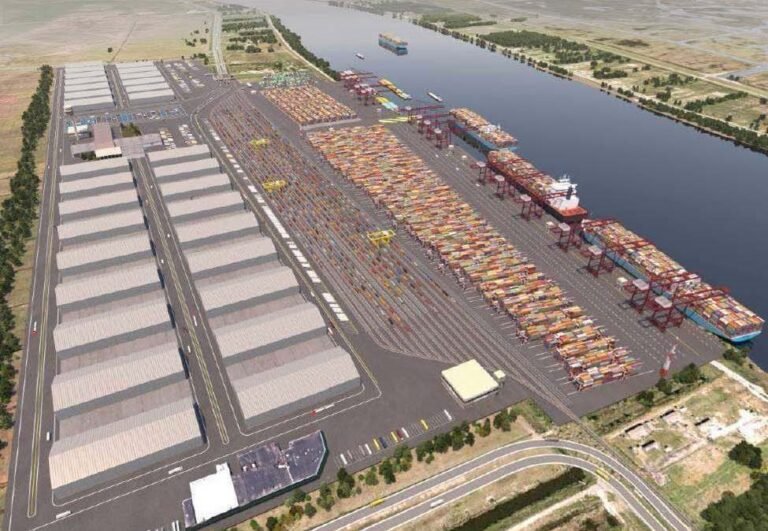The Rise of Louisiana Gateway Port: A Beacon of American Maritime Excellence
The Plaquemines Port Harbor and Terminal District has officially rebranded itself as the Louisiana Gateway Port, marking a pivotal moment in its journey to become one of the premier maritime hubs in the United States.
Situated at the closest point of the Mississippi River to the Gulf of Mexico, the Louisiana Gateway Port is strategically positioned to become the fifth-largest U.S. port by tonnage in the next five years. Boasting unparalleled operational advantages such as unrestricted air draft and water depths exceeding 50 feet, the port is poised for significant growth and success.
Executive Director Charles Tillotson expressed his enthusiasm for the port’s transformation, stating, “As we embark on this exciting new chapter as the Louisiana Gateway Port, we are committed to transforming our region into a vital gateway for global trade.”
One of the port’s key expansion initiatives includes a major partnership with APM Terminals, a subsidiary of A.P. Moller-Maersk. APM Terminals is set to invest $500 million in a cutting-edge container terminal on the west bank of the Mississippi River. The development will feature on-dock rail facilities, a berth capable of accommodating post-Panamax vessels, and potential expansion up to 900 acres.
Furthermore, the region is witnessing another substantial investment with Ports America and Mediterranean Shipping Company committing $800 million towards a $1.8 billion container facility in nearby St. Bernard Parish. The Louisiana International Terminal project aims to handle 2 million TEUs annually once fully operational.
Established in 1954, the Louisiana Gateway Port manages the first 81 miles of the Mississippi River, providing crucial water access to over 30 states. Serving as a vital logistics hub for various commodities including oil, gas, grain, coal, LNG, and chemicals, the port plays a pivotal role in the nation’s economy.
With comprehensive multimodal connections through barge, rail, and highway networks, the port facilitates efficient cargo movement across the country. Additionally, the port operates the local ferry system in Plaquemines, enhancing regional connectivity and accessibility.
With its strategic location and ambitious development projects, the Louisiana Gateway Port is solidifying its position as a cornerstone of American maritime infrastructure. By enhancing the region’s involvement in global trade and fostering local economic growth, the port is poised to shape the future of maritime commerce in the United States.

